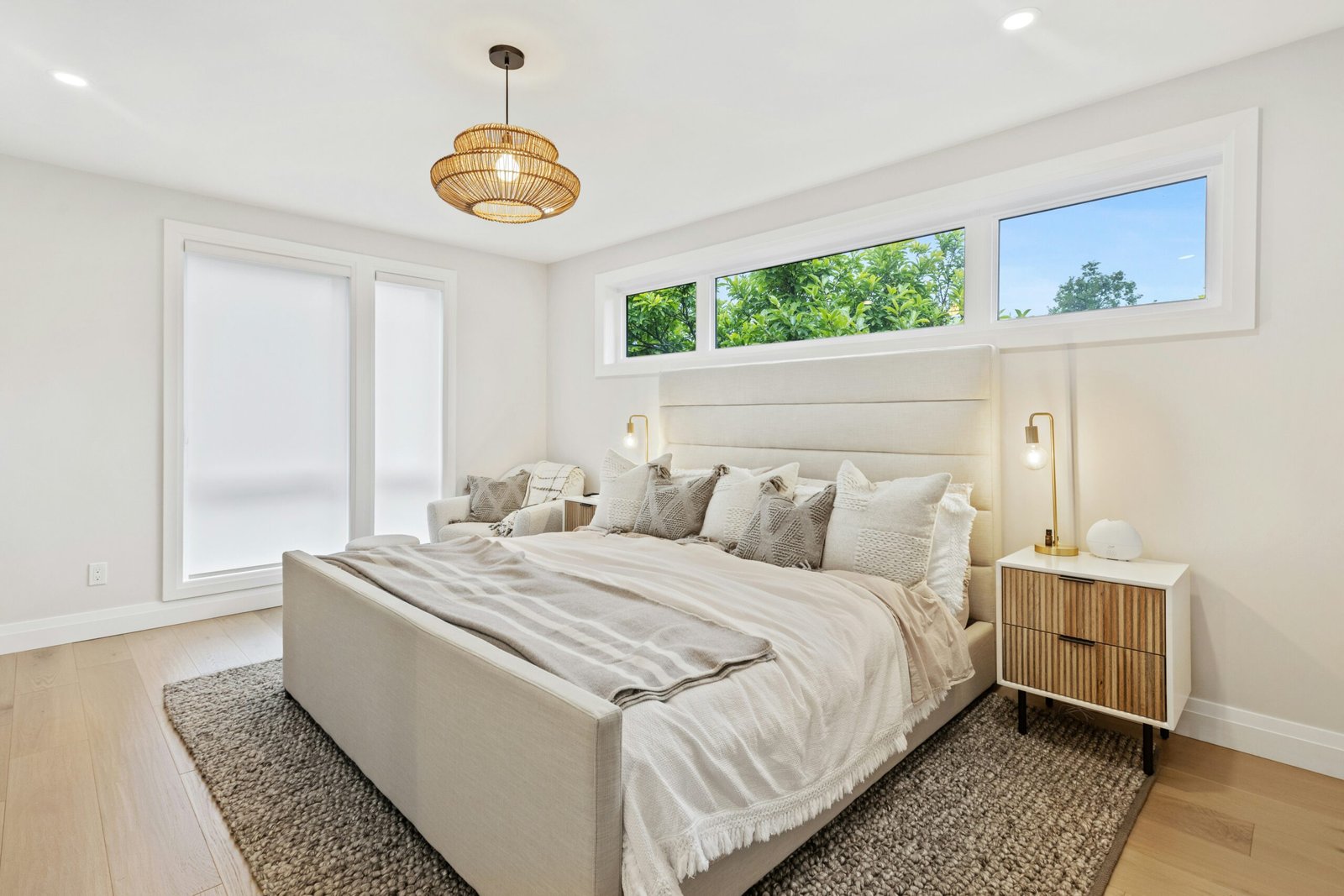
How to Make Your Brain Want to Clean—Clean With ADHD Part 2
Imagine walking into a room, noticing things out of place, and actually experiencing a mental and physical urge to clean them up—rather than thinking “ugh… more work…I’ll do it later” and needing to sit down to doomscroll for two hours in an attempt to collect enough energy just to start.
Imagine an effortless, automatic need to tidy up—because even the thought of leaving the mess there feels repulsive—like leaving the freezer open or brushing your teeth with hand soap.
Imagine cleaning without having to force yourself through sheer willpower—or needing to “collect dopamine” first by watching cleaning TikToks, eating all the snacks, or insulting yourself for being lazy until you feel too ashamed to not clean.
Now imagine going from feeling dread at the thought of cleaning to thinking it’s no big deal—and having that happen in just a few days. As if you’ve already had this habit for years and you don’t even have to try anymore. Imagine cleaning being absurdly easy.
It sounds unreal—but it’s not. It’s actually simple once you understand how your brain works. And in this post, I’m going to show you exactly how to do it—how to hack your brain into making keeping your place tidy as automatic as laughing when you hear a funny joke.
Keep reading so you can give yourself the gift of not having to suffer through cleaning for a single day longer.
Step 1: Understand How Your Brain Decides What’s Normal
Before we change your cleaning habits, we need to quickly recap how your brain decides what matters.
Let’s use your bedroom as an example.
You already know what your bedroom looks like, right? You can imagine where the walls are, the layout of the furniture, where the bed is, where the decorations are. That’s because your brain stored a mental image of the room so it doesn’t feel like you’re walking into a completely new bedroom every time you go in there. Storing a mental image and being able to predict what your bedroom is going to look like before you walk into it helps you stay oriented and allows you to relax and feel safe. It’s part of why home feels like home.
Here’s what most people don’t realize though:
That image isn’t fixed. It updates constantly—especially in people with ADHD.
Every time you walk into your bedroom, your brain compares what it sees to the image it expects. If your bedroom is messy most of the time, your brain updates its “normal” to match that. Eventually, the messy image becomes the default, so your brain feels like it’s not a big deal when there’s actually a mess.
But what if your bedroom is usually clean? Then your brain’s mental image of your bedroom looks clean too, and your brain expects reality to match. So when you walk in and something is out of place, your brain notices right away and thinks “hey, wait a sec… that doesn’t belong there.”
That difference in expectation and reality is called a prediction error, and that’s where the real drive to clean comes from. [Click here to read why prediction errors matter—it’s important!!]
So what we’re doing here is simple:
We’re going to install a new mental image. A clean one. And we’re going to teach your brain that this is what normal looks like.
Step 2: Install the New Image (The Clean Snapshot Method)
We’re not going to train your brain with daily hard work, discipline, or habit tracking. That stuff is difficult and boring—and it relies way too much on executive function and being in a good mood. We’re going to do it with one cleaning session and a camera.
Here’s how to do it:
- Pick one room—just one for now.
- Clean it completely. If it feels overwhelming, ask someone to help. Put on music, a podcast, a favorite movie—whatever makes it tolerable. You just need to get through this one cleaning session.
- Once it’s done, grab your phone and take a photo of what the room looks like from where you walk in. (Take one from each entrance if there’s more than one.)
- Save the photos somewhere easy to find. Make an album. Or set one as your phone’s lock screen.
- Look at the photo several times a day. Focus on how each part of the room looks. Let it sink in. This is no longer just a picture. It’s brain-training material.
- Before each time you walk into the room for the rest of the day, pause and imagine it exactly like that photo. Let your brain expect it.
Here’s a really important part:
You need to do everything you can to keep the room looking like the photo for the rest of the day. It might sound difficult, but believe me that the first day is the hardest, and the few following days are simple until it becomes seriously effortless.
The first day is when your brain starts forming its new expectation. Use any trick you need to keep the room in order today. The rest of the days are just reinforcement.
By the end of the day, you’ll have started the shift:
Your brain begins to believe that clean = normal, and mess = something’s off.
That one change in the mental model is what flips cleaning from painful to fully automatic.
What You Just Did
You didn’t just clean a room—you gave your brain new expectations and instructions.
You showed it what “done” looks like. You installed a clean image that can override the mess-default it’s been using for years. Now every time you walk into that room, your brain will a little better at spotting what’s off, and it will give you that sweet, automatic urge to fix it.
So if you’ve ever felt hopeless about cleaning, if you ever felt like cleaning is difficult because you have ADHD and it’s just part of life for you—please try this. Just once. Because having ADHD does not mean you have to struggle forever just to keep your place clean. Not at all. Today can literally be the last day of the struggle.
Because if your brain believes that clean is normal, then it also believes that anything but clean is a problem that must be solved—right away. And it will give you the mental and physical push to help.
It really can be that simple. Go find out for yourself.
TL;DR – Make Clean Feel Automatic
Your brain keeps a mental image of each room. If your room is usually messy, that image updates to expect mess—and mess stops feeling wrong.
But if you teach your brain to expect clean, even small messes trigger an internal “something’s off” signal. That signal creates a jolt of dopamine and motivates you to act.
To make that happen:
- Clean one room fully.
- Take photos of the clean space.
- Look at those photos multiple times a day.
- Keep the room looking like the photo—just for one day.
That’s how you install a new default.
That’s how you make motivation automatic.
What’s Next?
Coming up:
- How to actually feel done with cleaning and make it feel rewarding: here
- How to design your space to create strong, motivating prediction errors: here
- Why we sabotage clean rooms & how to avoid it entirely: here
- How to get back on track after setbacks and avoid spiraling into chaos: here
- How to clean a whole room without stress or boredom—even without meds: here
- How to clean a room that’s an absolute disaster: here



